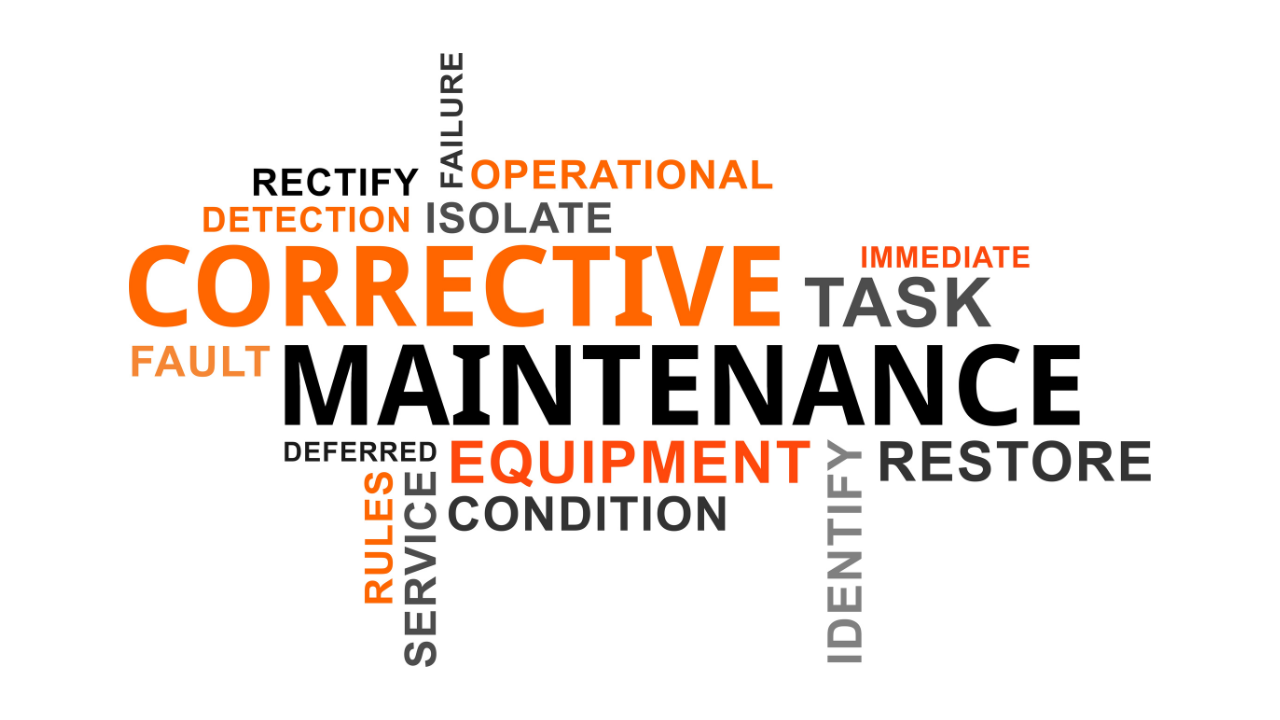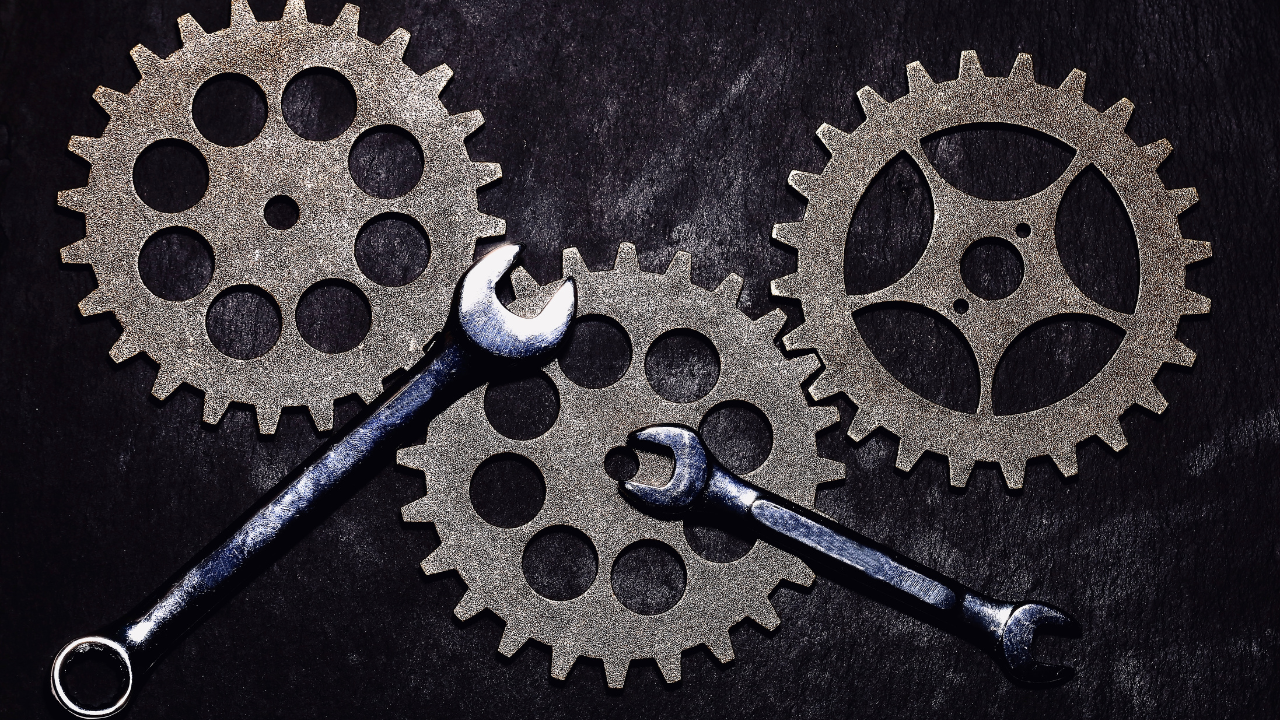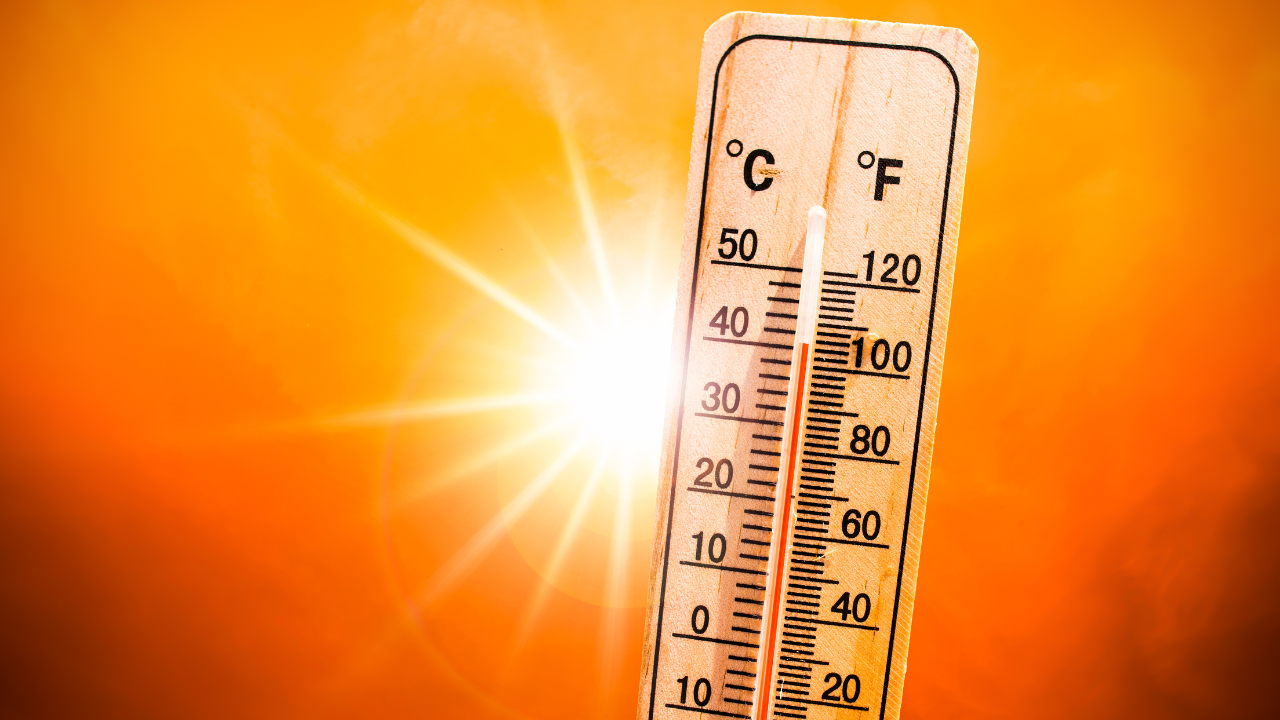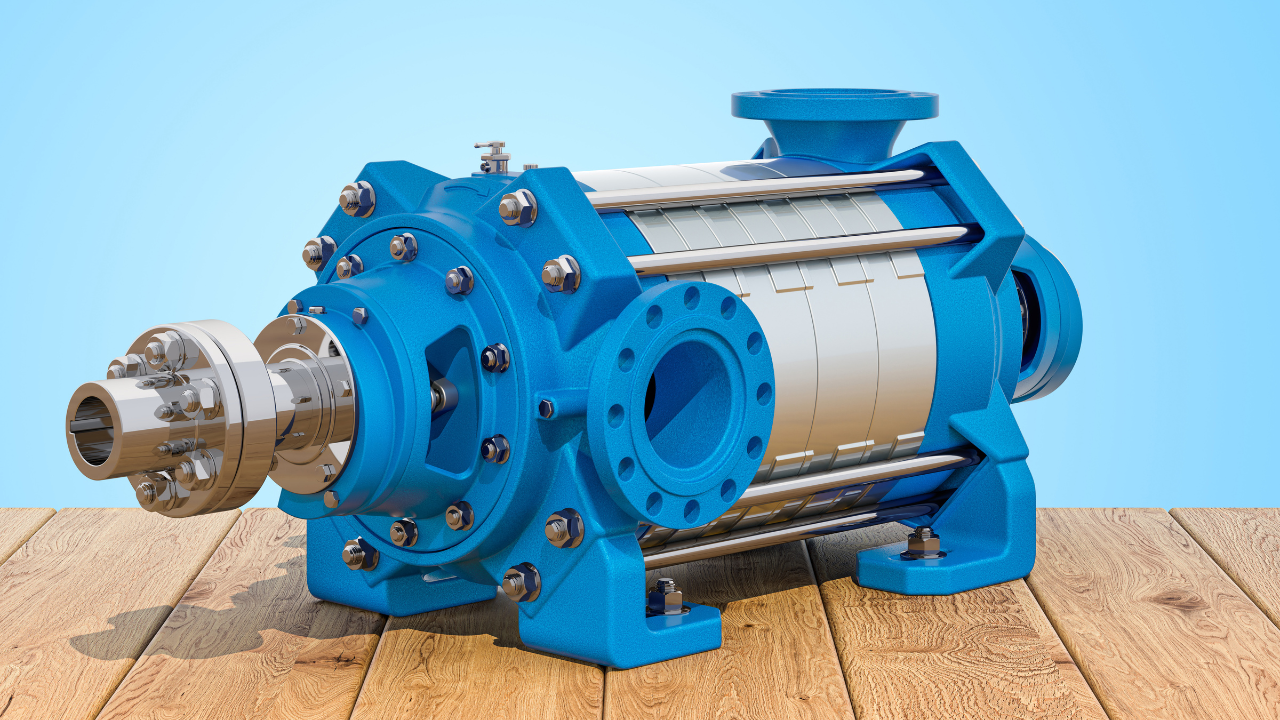Troubleshooting Valves
sweethaven
Listed below are areas that you can diagnose in hydraulic valves. When working on a specific machine, refer to a machine’s technical manual for more information to learn tips for troubleshooting valves…or keep reading.
a. Pressure-Control Valves. The following lists information when troubleshooting relief, pressure-reducing, pressure-sequence, and unloading valves:
(1) Relief Valves. Consider the following when troubleshooting relief valves because they have low or erratic pressure:
- Adjustment is incorrect.
- Dirt, chip, or burrs are holding the valve partially open.
- Poppets or seats are worn or damaged.
- Valve piston in the main body is sticking.
- Spring is weak.
- Spring ends are damaged.
- Valve in the body or on the seat is cocking.
- Orifice or balance hold is blocked.
Consider the following when troubleshooting relief valves because they have no pressure:
- Orifice or balance hole is plugged.
- Poppet does not seat.
- Valve has a loose fit.
- Valve in the body or the cover binds.
- Spring is broken.
- Dirt, chip, or burrs are holding the valve partially open.
- Poppet or seat is worn or damaged.
- Valve in the body or on the seat is cocking.
Consider the following when troubleshooting relief valves because they have excessive noise or chatter:
- Oil viscosity is too high.
- Poppet or seat is faulty or worn.
- Line pressure has excessive return.
- Pressure setting is too close to that of another valve in the circuit.
- An improper spring is used behind the valve.
Consider the following when troubleshooting relief valves because you cannot adjust them properly without getting excessive system pressure:
- Spring is broken.
- Spring is fatigued.
- Valve has an improper spring.
- Drain line is restricted.
Consider the following when troubleshooting relief valves because they might be overheating the system:
- Operation is continuous at the relief setting.
- Oil viscosity is too high.
- Valve seat is leaking.
(2) Pressure-Reducing Valves. Consider the following when troubleshooting pressure-reducing valves because they have erratic pressure:
- Dirt is in the oil.
- Poppet or seat is worn.
- Orifice or balance hole is restricted.
- Valve spool binds in the body.
- Drain line is not open freely to a reservoir.
- Spring ends are not square.
- Valve has an improper spring.
- Spring is fatigued.
- Valve needs an adjustment.
- Spool bore is worn.
(3) Pressure-Sequence Valves. Consider the following when troubleshooting pressure-sequence valves because the valve is not functioning properly:
- Installation was improper.
- Adjustment was improper.
- Spring is broken.
- Foreign matter is on a plunger seat or in the orifices.
- Gasket is leaky or blown.
- Drain line is plugged.
- Valve covers are not tightened properly or are installed wrong.
- Valve plunger is worn or scored.
- Valve-stem seat is worn or scored.
- Orifices are too large, which causes a jerky operation.
- Binding occurs because moving parts are coated with oil impurities (due to overheating or using improper oil).
Consider the following when troubleshooting pressure-sequence valves because there is a premature movement to the secondary operation:
- Valve setting is too low.
- An excessive load is on a primary cylinder.
- A high inertia load is on a primary cylinder.
Consider the following when troubleshooting pressure-sequence valves because there is no movement or the secondary operation is slow:
- Valve setting is too high.
- Relief-valve setting is too close to that of a sequence valve.
- Valve spool binds in the body.
(4) Unloading Valves. Consider the following when troubleshooting these valves because a valve fails to completely unload a pump:
- Valve setting is too high.
- Pump does not build up to the unloading valve pressure.
- Valve spool binds in the body.
b. Directional-Control Valves. Directional-control valves include spool, rotary, and check valves. Consider the following when troubleshooting these valves because there is faulty or incomplete shifting:
- Control linkage is worn or is binding.
- Pilot pressure is insufficient.
- Solenoid is burned out or faulty.
- Centering spring is defective.
- Spool adjustment is improper.
Consider the following when troubleshooting directional-control valves because the actuating cylinder creeps or drifts:
- Valve spool is not centering properly.
- Valve spool is not shifted completely.
- Valve-spool body is worn.
- Leakage occurs past the piston in a cylinder.
- Valve seats are leaking.
Consider the following when troubleshooting directional-control valves because a cylinder load drops with the spool in the centered position:
- Lines from the valve housing are loose.
- O-rings on lockout springs or plugs are leaking.
- Lockout spring is broken.
- Relief valves are leaking.
Consider the following when troubleshooting directional-control valves because a cylinder load drops slightly when it is raised:
- Check-valve spring or seat is defective.
- Spool valve’s position is adjusted improperly.
Consider the following when troubleshooting directional-control valves because the oil heats (closed-center systems):
- Valve seat leaks (pressure or return circuit).
- Valves are not adjusted properly.
c. Volume-Control Valves. Volume-control valves include flow-control and flow-divider valves. Consider the following when troubleshooting these valves because there are variations in flow:
- Valve spool binds in the body.
- Cylinder or motor leaks.
- Oil viscosity is too high.
- Pressure drop is insufficient across a valve.
- Oil is dirty.
Consider the following when troubleshooting volume-control valves because of erratic pressure:
- Valve’s poppet or seat is worn.
- Oil is dirty.
Consider the following when troubleshooting volume-control valves because of improper flow:
- Valve was not adjusted properly.
- Valve-piston travel is restricted.
- Passages or orifice is restricted.
- Valve piston is cocked.
- Relief valves leak.
- Oil is too hot.
Consider the following when troubleshooting volume-control valves because the oil heats:
- Pump speed is improper.
- Hydraulic functions are holding in relief.
- Connections are incorrect.
Related Articles

Keys for Effective Troubleshooting

Corrective Maintenance Task Generation

Availability in a Supply Constrained Environment is the #1 Issue for Refinery Executives

Weibull Point Process Applied to Repairable Subsystems

Energy Savings Through Pump Refurbishment and Coatings

Causes of Overheating in Cartridge Mechanical Seals




